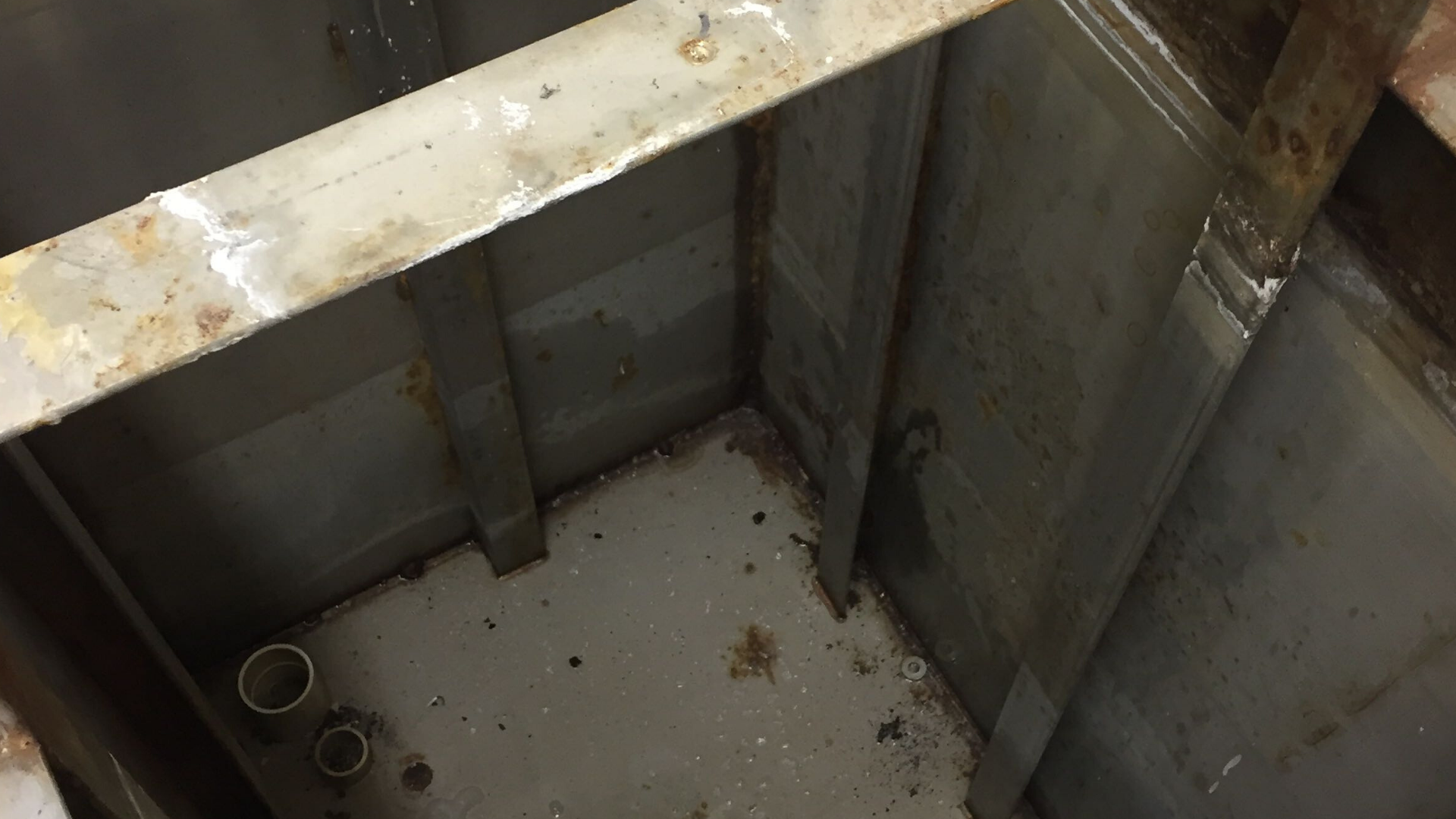 High Velocity Oxygen Fuel coating, commonly called HVOF, is a thermal spray coating process that increases resistance to corrosion and wear by restoring a component’s initial dimensions or performance qualities. Molten or semi-molten coating materials are sprayed directly onto the substrate using a high pressure gas stream.
High Velocity Oxygen Fuel coating, commonly called HVOF, is a thermal spray coating process that increases resistance to corrosion and wear by restoring a component’s initial dimensions or performance qualities. Molten or semi-molten coating materials are sprayed directly onto the substrate using a high pressure gas stream.
What is HVOF Coating?
In the HVOF coating process, the gas stream is generated by mixing oxygen and fuel inside a combustion chamber. Hydrogen, natural gas, or kerosene can be used, with pure oxygen or compressed air powering the stream. A coating consisting of thin, overlapping platelets is created as the stream of heated materials adheres to the surface.
Thermal and kinetic energy transfer occur simultaneously, with the coating sprayed onto the surface at a supersonic velocity of 600 m/s or more. Most HVOF coatings are extremely thin, but they can be as thick as twelve millimeters as the situation demands. Although the science of HVOF is very complex, the result is a reliable coating that maximizes substrate performance.
When is HVOF Coating Used?
Done correctly, HVOF has low environmental impact and produces major gains in performance. Deposited coatings can include ceramics, metal alloys, metals, polymers, and composites. HVOF coating is frequently sought out to enhance components in these ways:
- Improved electrical properties
- Resistance to lower and higher temperatures
- Protection against caustic and corrosive chemicals
- Improved efficiency and lifespan of mating components
High impact velocity means HVOF coatings are denser and smoother than many alternatives. The resulting coating is also harder due to reduced degradation of carbide phases and less residual stress. Intensive surface preparation can further improve adhesion.
HVOF Coatings in the Industrial Environment
HVOF provides superior protection compared to other thermal spray coatings. That said, HVOF is not deployed as frequently as some other industrial coating processes. There are several reasons for this, with cost being a significant factor in the calculation.
Some components are not appropriate for the HVOF process. HVOF cannot be used for surface engineering of inner surfaces – for example, the interior surfaces of cylindrical objects. Narrower size distributors must be used to ensure desirable HVOF results.
That said, the main factor that restrains some organizations from adopting HVOF is a matter of safety. Specialized application equipment must be operated according to the highest safety standards. Most industrial enterprises should seek third party HVOF expertise.
Types of HVOF Coating Materials
Although many HVOF coatings are available, these are among the most requested:
1. Tungsten Carbide
Tungsten carbide is the superior choice for low temperature abrasion defense. These coatings tend to be dense and well-bonded, with a high thickness limit. Tungsten carbide is ideal for situations where abrasive wear is the key concern in the work environment.
2. Chromium Carbide
Powdered nickel chromium mixed with ultra-fine chromium carbide particles make up the chromium carbide HVOF coating. This mixture results in extremely hard and dense coatings. It offers superior protection against fretting, hard surfaces, and chemical exposure. Unlike many other HVOF coatings, chromium carbide demonstrates exceptional performance in high heat.
3. Aluminum Bronze
HVOF is not exclusively protective. It can also be used to restore damaged surfaces. Aluminum bronze is a go-to solution for bringing worn out parts back into service. A strong, high density coating enables deposited materials to be worked. Treated components can be milled, tapped, or drilled. Machining and finishing these components becomes easier.
Aluminum bronze exhibits high ductile strength and a strong bond. It resists wear through hard surfaces, fretting, and cavitation. Compared to most other HVOF applications, aluminum bronze coating is usually much finer.
In addition to thermal safety and fuel handling concerns, sound attenuation and dust extraction must be accounted for when HVOF coating is performed. This typically happens at a specialized workshop remote from the work site.






